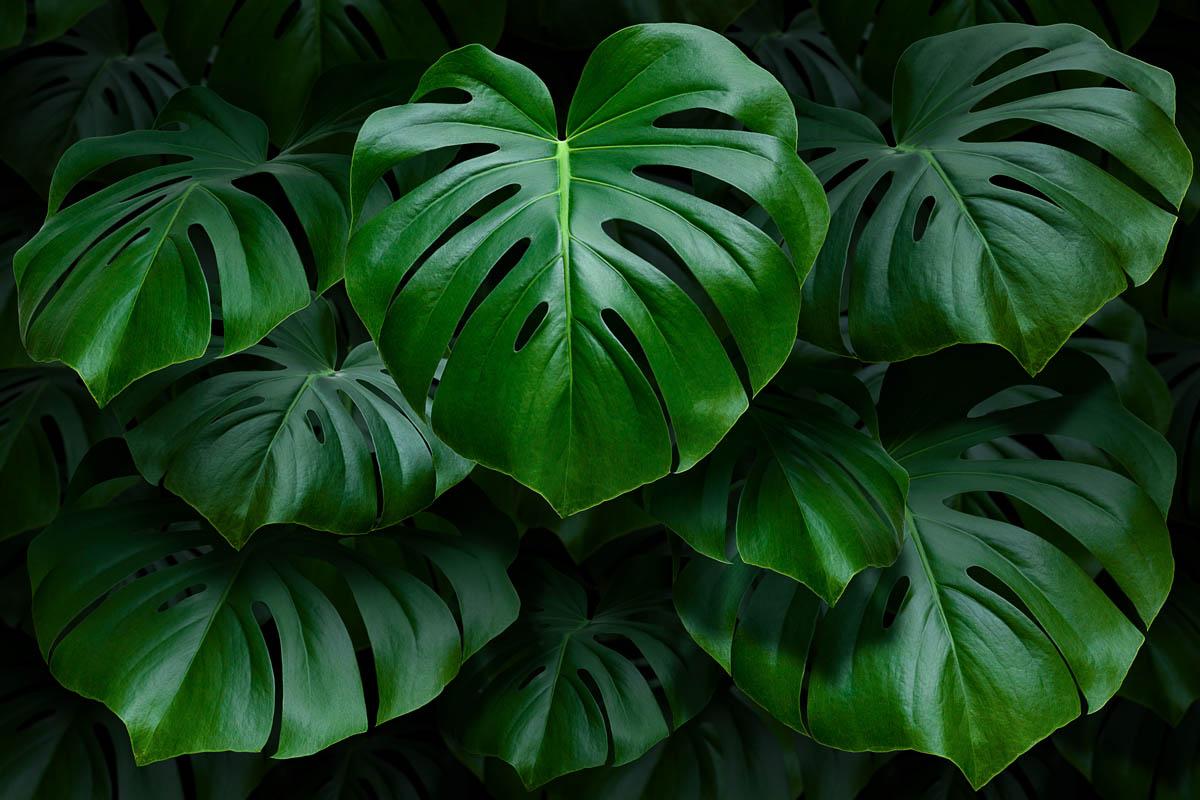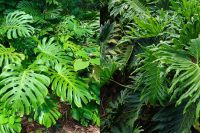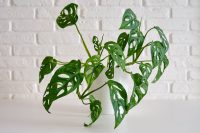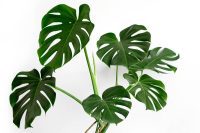Which plants have fenestrated leaves? Why do some plants have slits or holes in them? Why isn’t my monstera developing split leaves?
The plant kingdom has evolved in numerous interesting ways to guarantee its success in the wild. One such evolutionary adaptation is the holes or slits in some species of plants. Probably the most well-recognised example is the aptly named Swiss cheese plant (Monstera deliciosa).
Plant growers may have noticed that the smaller leaves start out without holes, but as they grow in size, slits or holes appear. These types of leaves are known as perforate or fenestrated and pinnatifid leaves. The word fenestration comes from the Latin word fenestratus, which means windows and pinnate is Latin for pinnātus, meaning feathered.
The mature Swiss cheese plant has both fenestrated and pinnatifid leaves. Fenestrations refer to the holes in the leaf, and pinnately divided leaves have slits in them.
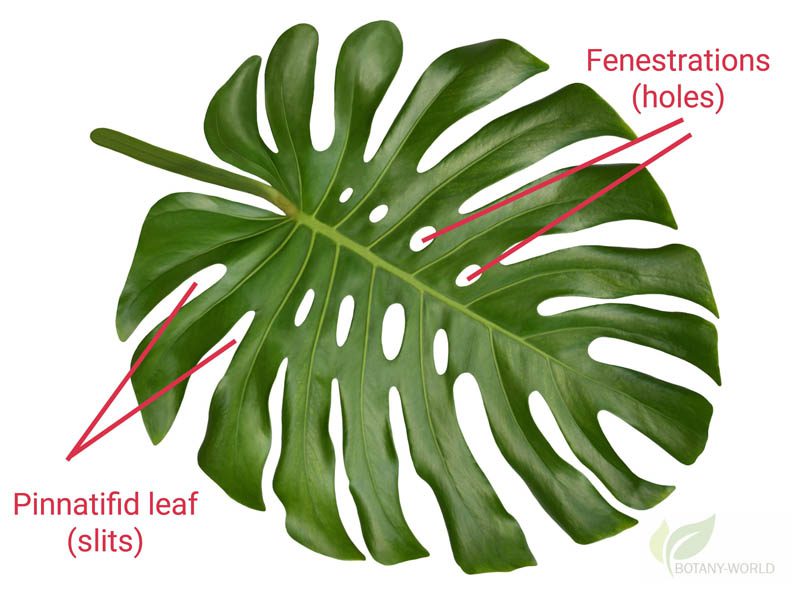
Why do some plants have slits or holes in them?
There are two theories as to why fenestration and pinnation occur:
- The pinnations (slits) and holes (fenestrations) protect the leaf from high winds, which could potentially rip the leaf off the plant.
- Monstera species are hemiphytes that live beneath the dense canopy in tropical rainforests. Fenestrations and pinnations in the upper foliage allow the lower leaves to receive sunlight and water.
Which plants have fenestrated leaves?
The most well-known fenestrated and pinnatifid leaf plant is the Swiss cheese plant (Monstera deliciosa), which is commonly grown as an indoor plant for its ease of care and interesting leaves. Swiss cheese plant is often referred to as a split-leaf philodendron, however, this is a different species of plant. The split-leaf philodendron (Thaumatophyllum bipinnatifidum) doesn’t have fenestrated leaves but does have pinnatifid leaves.
- Swiss cheese plant (Monstera deliciosa) – Fenestrated and pinnatifid leaves
- Swiss cheese vine (Monstera adansonii) – Only fenestrated leaves
The immature (baby) leaves typically have no fenestrations, but as the plant matures and throws out new and larger leaves, fenestrations develop. It can take 2-3 years before the plant is large enough to produce fenestrated and pinnatifid leaves.

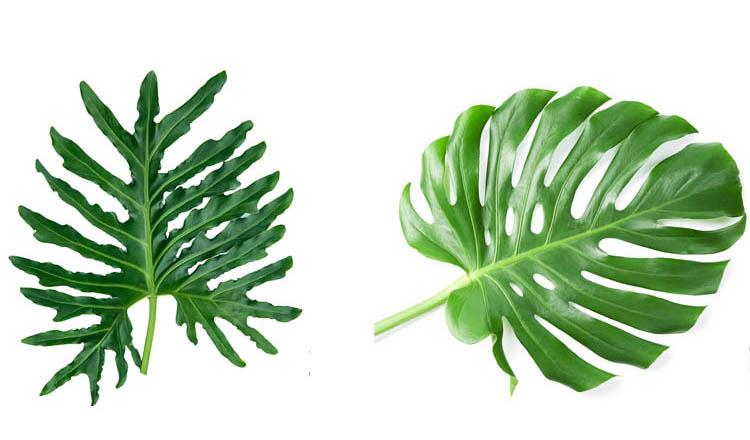
Why is my Monstera not developing split leaves?
As we have outlined, leaves develop fenestrations and pinnatifid leaves as the plant grows larger and throws out bigger leaves. If your Monstera is still not producing fenestrated or pinnatifid leaves, it may need to be moved into a larger pot which will encourage growth. I repotted a Monstera deliciosa that was surviving, but not thriving, and once it was in its new home, it began to throw out a new and larger leaf every 6-8 weeks.
Lack of sunlight can also impact the rate of growth. Monstera spp. grow best in bright, but indirect light. Our Monstera deliciosa ‘Thai constellation’ is located next to a north-facing window (Australia).
In the warmer months, remember to feed your plants a good-quality fertiliser every 2-4 weeks.
Julia is a writer and landscape consultant from Wollongong with a love of horticulture. She had been an avid gardener for over 30 years, collects rare variegated plants and is a home orchardist. Julia is passionate about learning and sharing her knowledge of plant propagation and plant toxicology. Whether it’s giving advice on landscape projects or sharing tips on growing, Julia enjoys helping people make their gardens flourish.
